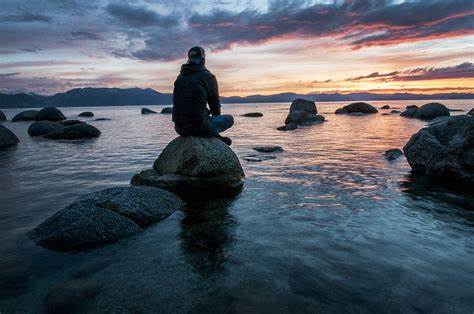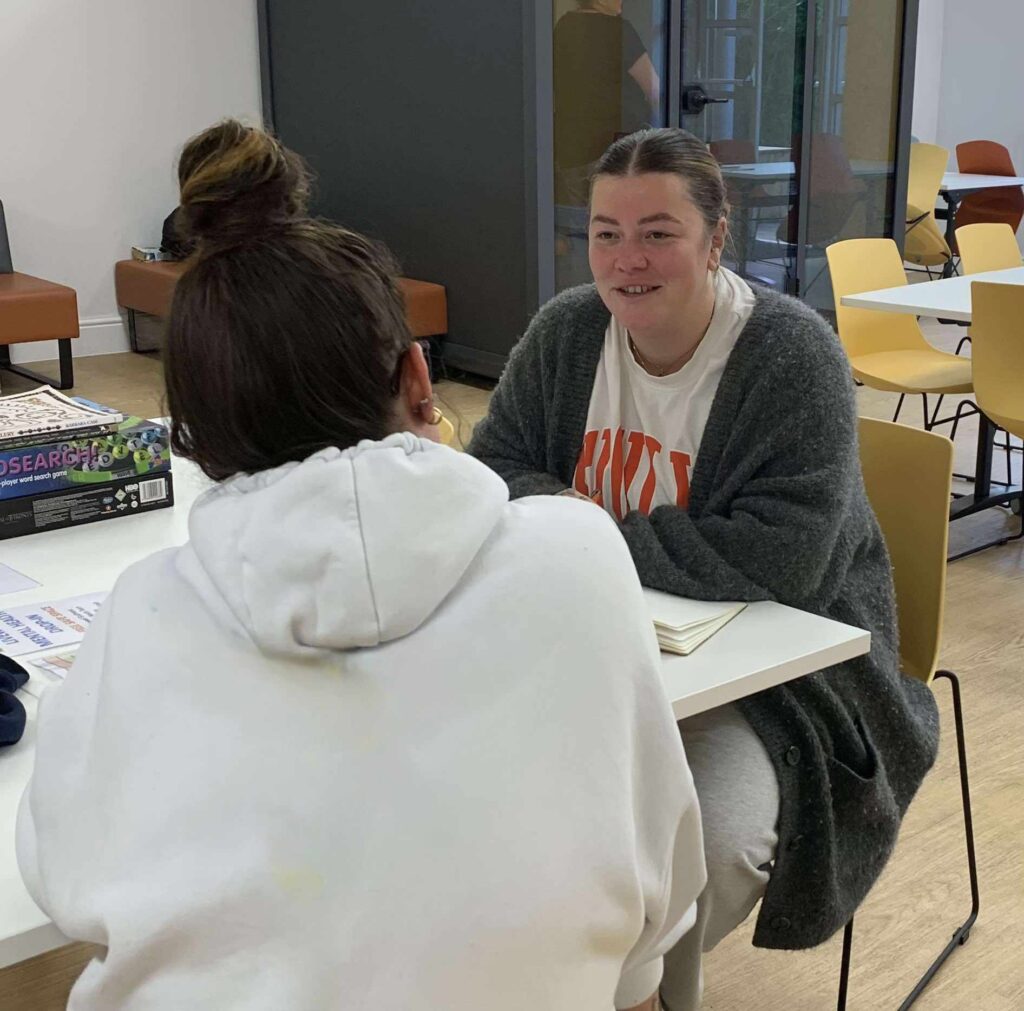“Vulnerable people deserve better.”
Many years ago, I vividly remember having a conversation with an older gentleman who had spent many years living in what was then called the local asylum. He reasons for being sent there was nothing other than being the child of an incredibly young teenage Mum. Over the years I had many conversations with this man and one of the things that struck me was how he described the hospital as being a place full of “white” with hard plastic chairs, tables that were bolted to the floor and televisions that were bolted to the walls, locked doors everywhere, with lots of people shouting and screaming all day.
When I met this man, he had moved out of the hospital and was living in his own accommodation which he fondly referred to as his “little palace” where he had surrounded himself with lots of ornaments and paintings which he had collected over the years. For anyone who had worked in or visited old institutions, you will I am sure agree with his description and more upsettingly remember the thinking that people living in such places did not need to be surrounded by pleasant things as they would only damage or break them.
Roll forward to the early 2000’s and the then Government announced new funding called Places of Change, which was about transforming the buildings and hostels that people experiencing homelessness lived in. The emphasis was about transforming spaces, removing glass screens, and making places warm and welcoming, underpinned by offering people greater levels of support to engage in meaningful activities.
I tell this story as I have always believed that buildings and environments dramatically affect the way that people act and behave, and that vulnerable people deserve better. This thinking has always been central in our planning about moving Shekinah into a new space/building and we are starting to see this theory turn into reality. For those of you who have visited Stonehouse Creek you will have to admit that to say it is different to Bath St would be an understatement. We now operate in an environment where it is bright warm and welcoming, direct access, people being able to make their own hot/cold drinks and lots of space for private conversations (as well as some great medical space). Whist early days, we have all seen a difference in people’s behaviour within the building. That is not to say we do not have challenges, but it just feels hugely different. We are hoping to explore this more with the people that use the building so once we have undertaken this piece of work, we will be sharing it with you.
Whilst buildings are really important, I also believe that we need to revisit our own core beliefs about the people we support. Terms such as “these people” “the homeless” starts to draw a picture that people who access Shekinah’s services, somehow don’t value, or don’t want many of the things you and I take for granted. Disappointingly I have had two conversations with people working in the sector, who suggested that things like giving people access to making their own drinks was “risky” and maybe we should have “bolted down” some of the furniture. When I heard this, I was immediately transported back to the conversations I use to have with the man at the beginning of this blog. We must raise our own aspirations for people we support and understand that whilst they may be facing lots of challenges, deep down their wants and needs are no different to ours. Nobody grew up dreaming of being homeless or consuming lots of alcohol or substances and we all need to remember that. I hope that if nothing else our new building is a reminder to all of us that people do deserve better and what Shekinah does well is create opportunities for people and then go on the journey with them, regardless of have many times it takes.
John Hamblin
Chief Executive
Need help?
Talk to us
If you are experiencing some form of homelessness, need to speak with us about any of the training courses we run or another form of support you think we can help you with, please get in touch.


